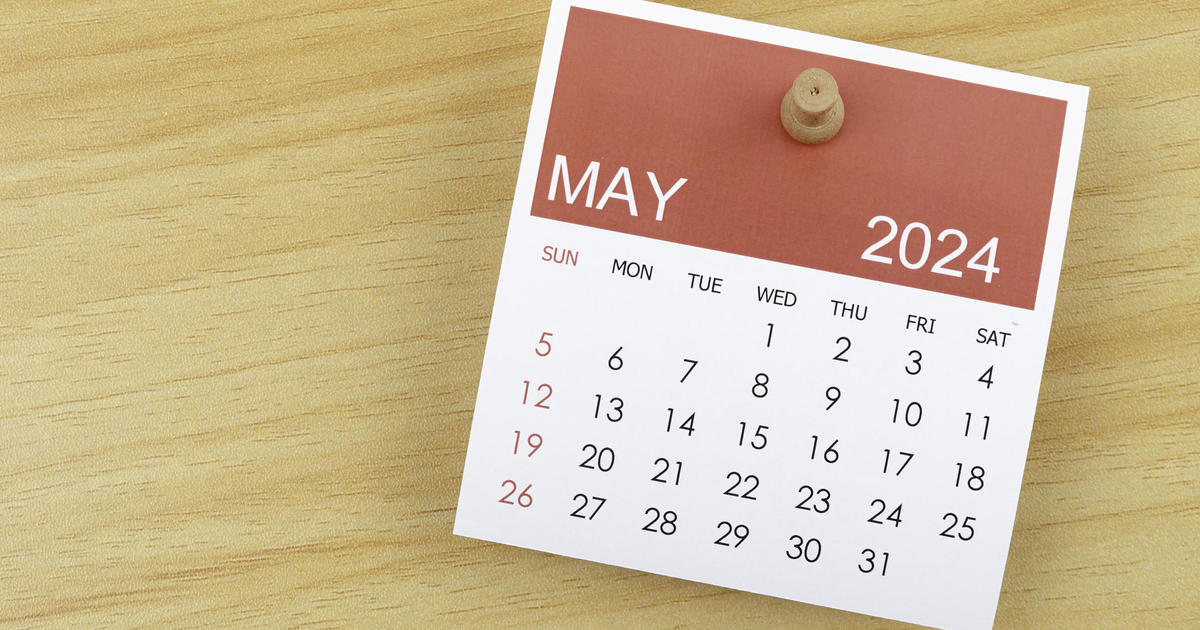Home prices still rising as low inventory sparks bidding wars
U.S. home prices rose in April from a year earlier, lifted by bidding wars in many cities where would-be buyers fought over a sparse supply of homes.
How much are home prices up? The S&P CoreLogic Case-Shiller 20-city home price index moved up 6.6 percent from a year earlier, led by outsize gains in Seattle, Las Vegas and San Francisco. All three cities showed double-digit increases. Prices rose even as home sales fell and mortgage rates climbed.
Prices rose at a healthy pace in Denver, where they were 8.6 percent higher than a year ago; Los Angeles, where they were 8.3 percent higher; and San Diego, 7.8 percent. The smallest gains were in Chicago, up 3 percent; Washington, D.C., up 3.2 percent; and New York, up 4 percent.
The main driver of prices spikes is the lack of available homes. The supply of homes has fallen 6.1 percent in the past year and those that are available are selling quickly. The average house for sale remained on the market for just 26 days in April, down from 39 days a year ago.
One contributing factor is the relatively slow rate of construction. Starts on single-family homes numbered around 849,000 in 2017, below the long-run annual average of 1.1 million, according to a recent report from Harvard's Joint Center for Housing Studies.
Another big issue is finding somewhere to build in major metro areas. "[A] significant constraint on new residential construction may be the dwindling supply of buildable lots," the authors wrote. "According to Metrostudy data, the inventory of vacant lots in the 98 metro areas tracked fell 36 percent in 2008–2017. Indeed, 21 of the nation's 25 largest metros reported inventories that would support less than 24 months of residential construction."
Even in a rising rate environment, prices are still red-hot--though existing home sales are cooling slightly. Mortgage rates reached a seven-year high of 4.77 percent in late May before declining this month. Last week, the 30-year fixed mortgage rate averaged 4.57 percent, according to Freddie Mac. That is still much higher than a year ago, when it was 3.9 percent. Sales of existing homes dropped in April and May and are now running 3 percent below their year-ago level.
The economy is growing and the unemployment rate is at an 18-year low, which typically would point to stronger home sales. Americans are increasingly turning to newly-built homes, where sales jumped 6.7 percent in May. But higher prices and fewer existing homes to choose from are cutting many Americans out of the housing market.
The Case-Shiller index covers roughly half of U.S. homes. The index measures prices compared with those in January 2000 and creates a three-month moving average. The April figures are the latest available.



